Table of Contents
Introduction
Street lighting stands as a pillar of urban planning, a silent guardian that transforms the darkened paths into safe passages for citizens after sunset. Its significance extends beyond mere illumination; it is integral to the safety, aesthetics, and functionality of communal spaces. Yet, as we stride into an era marked by sustainability and innovation, a paradigm shift is underway. The glow from traditional bulbs fades into the brilliance of LED street lights outdoor paving the way for a brighter, more efficient future.
This revolution is not just about swapping out old bulbs but rethinking the approach to our public spaces. LED technology ushers in a wave of change that affects how we light our streets, parks, and communities. As we explore the transformation from high-pressure sodium lamps and High-Intensity Discharge lights to cutting-edge LED lamps, it’s evident that the future of urban lighting is not just brighter, but smarter.
Focusing on LED street lights for outdoor environments isn’t merely a choice; it’s a conscious decision to embrace an eco-friendly and cost-effective solution that enhances urban living. This guide will illuminate the path LED street lighting is carving in our world, shining a light on why these advancements in LED light technology are integral to our ever-evolving cities.
Understanding LED Street Lights
Definition and Basic Functionality
LED street lights are at the forefront of outdoor lighting solutions. By using Light Emitting Diodes (LEDs), these fixtures convert electricity into light more efficiently than their predecessors. Unlike conventional bulbs that waste energy by generating heat, LEDs use energy to produce light, which is why they are cooler to the touch.
So, what exactly are LED street lights? They’re a cluster of LEDs housed in a street-friendly fixture, designed to illuminate broad areas with their bright, directed light. Compared to traditional street lights that typically use halogen lamps, LEDs offer superior control over light direction, which drastically reduces light pollution.
Technical Specifications of LED Lights
LED street lights come with an array of technical specifications that set them apart:
- Energy Efficiency: The luminous efficacy of LEDs outshines traditional bulbs, meaning they provide more light per watt of electricity used. This efficiency is not only good for the environment but also translates into cost savings for municipalities and taxpayers.
- Longevity: One of the most significant features of LED lighting is its long lifespan. LED street lights can last up to 100,000 hours, which is several times longer than traditional street lights. This reduces the need for frequent replacements, offering long-term financial and labor savings.
- Quality of Light: LED lights provide a range of color temperatures, which can influence the ambiance of an area and can improve visual clarity. Additionally, the Color Rendering Index (CRI) of LEDs is typically higher, meaning they show the true color of objects more accurately under their light.
- Durability: LEDs are solid-state lights, which makes them more robust and resistant to shock and vibrations, an essential feature for outdoor lighting that faces harsh weather conditions.
- Lumen Maintenance Rate: LEDs maintain their brightness over time more consistently compared to traditional lamps, whose brightness diminishes significantly as they age. This means that the actual usable life of an LED light is much longer.
- Heat Management: While it’s a fact that LEDs do produce heat, they manage it more effectively, with heat sinks that disperse it and keep the LED junction cool, which helps maintain efficiency and longevity.
Through these advanced technical features, LED street lights present a compelling case for their widespread adoption in urban outdoor settings. Their ability to transform nightscapes while conserving energy and reducing maintenance costs is propelling the LED light revolution and setting the standard for future lighting solutions.
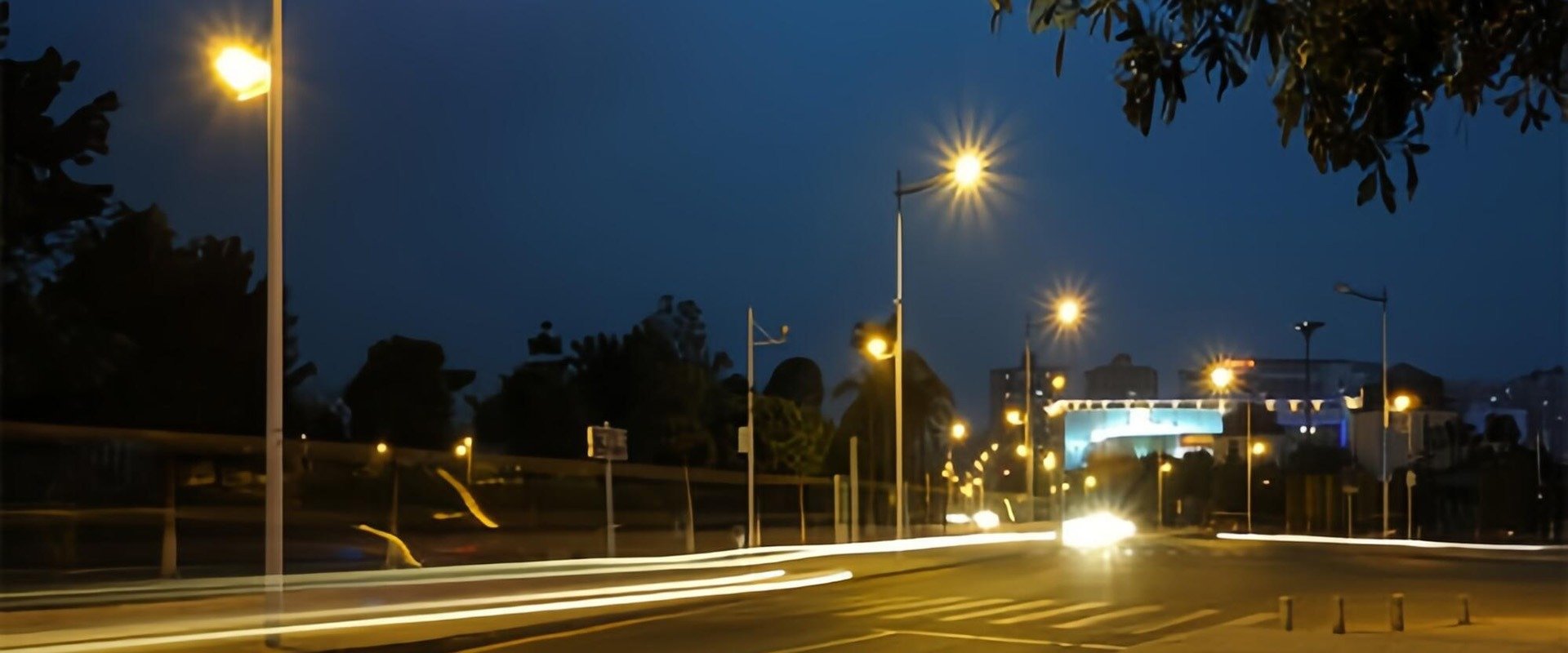
Benefits of LED Street Lights Outdoor
Energy Efficiency
The move towards LED street lights represents not just an upgrade in lighting quality but a significant leap in energy efficiency. A stark contrast emerges when we compare LED lights with traditional lighting options. LEDs use at least 50% less electricity than traditional street lights, which include High-Intensity Discharge (HID) and halogen lamps. This massive decrease in energy usage leads to a corresponding reduction in municipal energy costs, making a compelling case for cities to invest in LED technology as part of their infrastructure. The savings are not trivial; they can translate to millions of dollars saved over the lights’ lifespan, funds that can be redirected to other critical city projects.
Enhanced Public Safety
LED street lights contribute significantly to public safety. Well-lit streets are known deterrents to crime, and the clarity and spread of LED lighting mean fewer dark spots where criminal activities could hide. Beyond crime prevention, the impact on traffic safety is profound. LEDs provide brighter, more natural light, improving drivers’ visibility and reaction times, which can lead to a decrease in traffic accidents. Several studies and urban case studies have reported reductions in both crime rates and traffic incidents following the installation of LED street lights.
Maintenance and Durability
One of the most compelling advantages of LED street lights is their lifespan. LEDs have a longer operational life, often exceeding 100,000 hours, which starkly outperforms the typical 15,000 to 25,000-hour lifespan of traditional lights. This longevity translates to reduced maintenance requirements. Municipalities find that the shift to LEDs lowers both the direct costs associated with replacing bulbs and the labor costs for maintenance crews. The reduced frequency of replacements also means less disruption to the public and traffic, another indirect benefit of LED adoption.
Environmental Impact
The environmental benefits of LED street lights are significant and multifaceted. Firstly, the reduction in energy consumption leads to a lower carbon footprint for municipalities, a vital step towards combating climate change. Secondly, LEDs do not contain mercury or other toxic substances commonly found in some traditional bulbs, which poses challenges in disposal and recycling. By switching to LEDs, cities can reduce their hazardous waste and protect ecosystems. With these environmental advantages, LED street lights align with broader green initiatives and support the goal of creating sustainable urban environments.
In essence, the adoption of LED street lights offers a combination of cost-saving, safety-improving, and environment-preserving advantages that make them an undeniable choice for modernizing outdoor lighting infrastructure.
Installation and Implementation
Planning and Assessment
Before the first LED street light is installed, a meticulous planning and assessment phase is crucial. This stage involves:
- Evaluating Illumination Requirements: Assessing the existing lighting to determine the areas in need of improvement and understanding the specific lighting requirements of different streets, such as residential vs. arterial roads.
- Location Analysis: Identifying the optimal locations for new lights, which involves considering factors such as pedestrian pathways, road widths, and existing infrastructure.
- Spacing for Uniformity: Calculating the appropriate spacing between each light to ensure uniform illumination without creating dark spots or overly bright areas.
Installation Process
With a solid plan in place, the installation process can begin, typically involving the following steps:
- Preparation of Infrastructure: This may involve upgrading existing electrical wiring and ensuring that all conduits and poles are in good condition.
- Mounting of Fixtures: Securely attaching the LED fixtures to poles at the predetermined height and angle for optimal light distribution.
- Electrical Connections: Safely connecting the fixtures to the power source, often with a focus on ensuring the possibility of future smart technology integrations.
- Testing and Commissioning: Finally, each light is tested to confirm that it functions correctly and provides the desired lighting effect.
Common challenges during installation may include logistical issues, like accessing installation sites in high-traffic areas or managing disruptions to the community. Solutions often involve careful scheduling and clear communication with the public about the work being undertaken.
Regulatory and Standardization Considerations
Ensuring compliance with both local and national standards is a critical step in the installation of LED street lights. These standards may dictate everything from the brightness and color temperature of the lights to their energy consumption and impact on wildlife. For instance, adherence to guidelines set by the International Electrotechnical Commission(IEC) and the American National Standards Institute(ANSI) ensures that lighting meets safety and performance criteria. Additionally, certifications such as those from Underwriters Laboratories(UL), TÜV Rheinland, IECEE CB, etc can be crucial for installation approval.
In the broader scope, these standards not only ensure the quality and safety of LED street lights but also their interoperability with existing and future lighting systems, paving the way for a cohesive, well-lit urban environment.

Choosing the Right LED Street Light
Factors to Consider
When selecting an LED street light, there are several factors that one must consider to ensure the lighting meets the needs of the area it will serve:
- Brightness and Lumens: The brightness of an LED is measured in lumens, not watts, which is a departure from how traditional bulbs are evaluated. It’s vital to choose a lumens level that provides enough light for visibility and safety, without being overpowering or contributing to light pollution.
- Color Temperature: This refers to the color appearance of the light itself, which can range from warm yellow to cool blue. The color temperature is measured in Kelvin (K), and its importance lies in its impact on both visibility and the ambiance of an area. A higher Kelvin number means a cooler, more alertness-inducing light, which is often preferred for roadways and industrial areas. In contrast, lower Kelvin lights, which give off a warmer glow, are typically used in residential areas to create a more inviting atmosphere.
Product Varieties and Customization
LED street lights come in various models, each designed to serve different applications:
- Roadway LEDs: Designed for maximum visibility and safety on streets and highways with higher lumen outputs and specific beam patterns to illuminate large areas.
- Pedestrian LEDs: These are generally softer and positioned to enhance pedestrian comfort and safety, without overwhelming residential areas with bright light.
- Landscape LEDs: These lights often feature lower lumens and warmer color temperatures to accentuate the natural beauty of public parks and green spaces.
To customize LED solutions for specific needs, one can consider the following:
- Adaptive Controls: Including dimmers or motion sensors for areas that do not require constant high-intensity lighting, saving energy and reducing light pollution.
- Smart Technology Integration: Incorporating connectivity features that allow for remote monitoring and control, adapting to real-time environmental conditions.
- Design and Aesthetics: Selecting fixtures that complement the architectural style of the area while providing the necessary lighting function.
In summary, the right LED street light balances functional lighting requirements with environmental considerations and aesthetic preferences. With the proper application of these considerations, urban spaces can be transformed into well-lit, safe, and inviting environments.
Sustainability and Future Trends
Role in Sustainable Urban Development
LED street lighting is not merely an infrastructural upgrade; it’s a cornerstone for sustainable urban development. The LED light revolution aligns perfectly with green city initiatives, offering a substantial decrease in energy usage and promoting responsible consumption. Municipalities embracing LED technology witness a direct contribution to their sustainability goals, including reduced greenhouse gas emissions and lower city-wide energy costs. Additionally, the decreased maintenance needs of LEDs lead to fewer resource expenditures and a smaller environmental footprint for city operations.
Innovations in LED Technology
The LED industry is vibrant with innovation. Current research is focused on enhancing potential LED efficacy, which could see LEDs becoming even more efficient over time. Efforts are also being made to improve the lumen maintenance rate, allowing LEDs to retain their brightness for even longer periods. Another exciting area of development is in organic LEDs (OLEDs), which promise to bring even more environmentally-friendly options to the market.
Integrating with Smart City Technologies
LED lighting is a smart choice, not just in terms of energy efficiency but also in its compatibility with emerging smart city technologies. LED fixtures can be equipped with sensors and connected to networks to form an integral part of the smart urban landscape. This integration allows for real-time monitoring and management of city lighting, adapting to the dynamic needs of urban life. Whether it’s dimming lights in low-traffic areas to conserve energy or brightening them in response to pedestrian activity, LED street lighting systems can respond intelligently, making them a key player in the future of urban illumination.
The promise of LED technology extends beyond the present, casting light on a future where our cities are not only brighter but smarter and more sustainable. As we continue to innovate and integrate, the potential of LED street lights to transform our urban environments grows ever more luminous.

Conclusion
In recapping the journey through the world of LED street lights, we’ve seen how these innovative fixtures offer a spectrum of benefits that align with the aspirations of modern urban environments. LED street lights shine with energy efficiency, enhancing public safety through superior illumination while standing as paragons of durability. They not only reduce maintenance costs but also demonstrate a profound commitment to environmental stewardship, substantially lowering the carbon footprint of cities that adopt them.
For municipalities and urban planners, the message is clear: transitioning to LED street lights is not just an upgrade, it’s a strategic move towards smarter, more sustainable urban living. By investing in LED technology, cities take a decisive step towards a future where public spaces are not only well-lit but also adaptive, responsive, and in harmony with the environment.
As stewards of the urban landscape, there is a responsibility to embrace technologies that foster a better quality of life, economic prudence, and ecological balance. LED street lights are a beacon in this endeavor, guiding the way to a future that values both luminous nights and sustainable days. It is an invitation to illuminate our cities’ paths with foresight and innovation, ensuring that every street corner is touched by the thoughtful glow of progress.
Should questions arise or you need further assistance, don’t hesitate to Contact us or Reach out to us directly for more personalized support.
Request A Free Quote Now!
Send us a message if you have any questions or request a quote. We will get back to you ASAP!



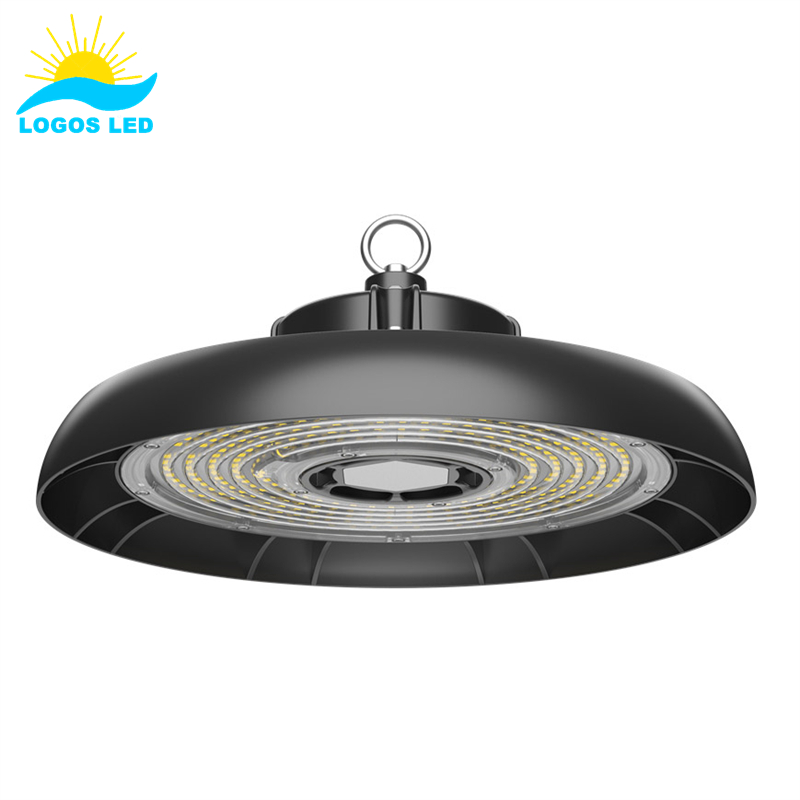

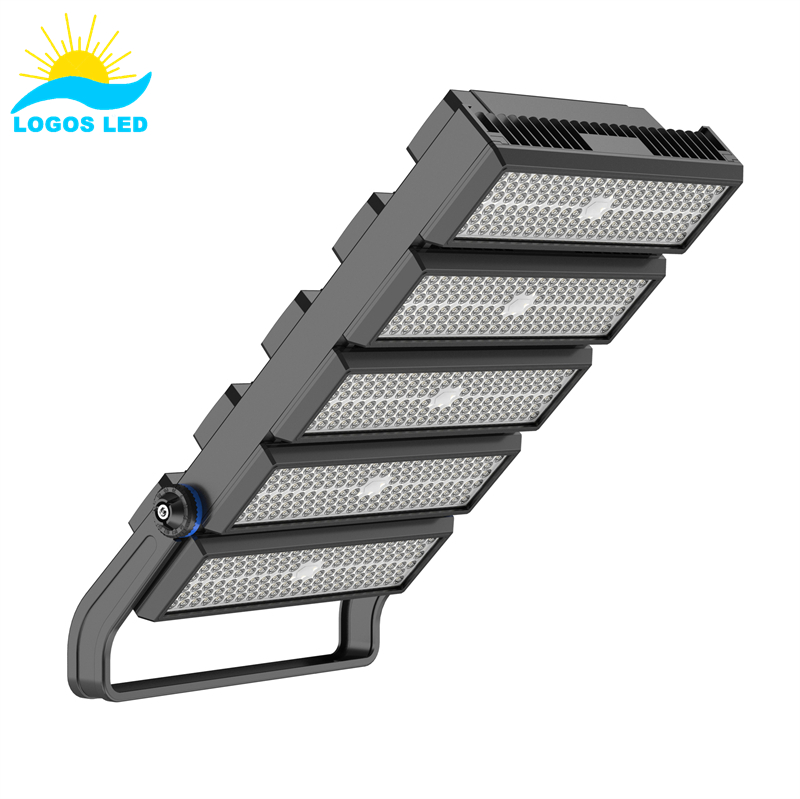
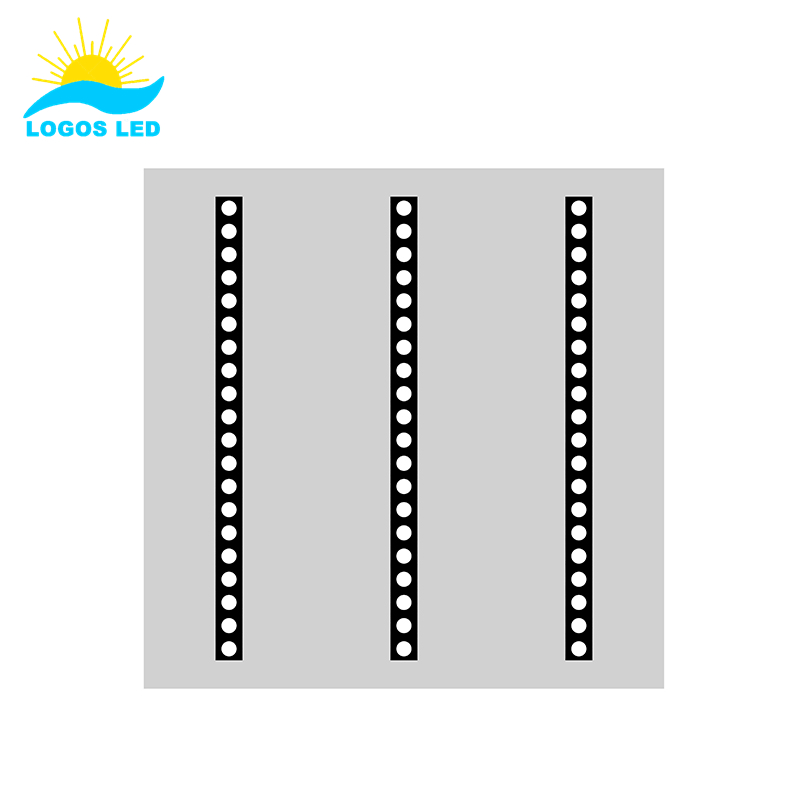
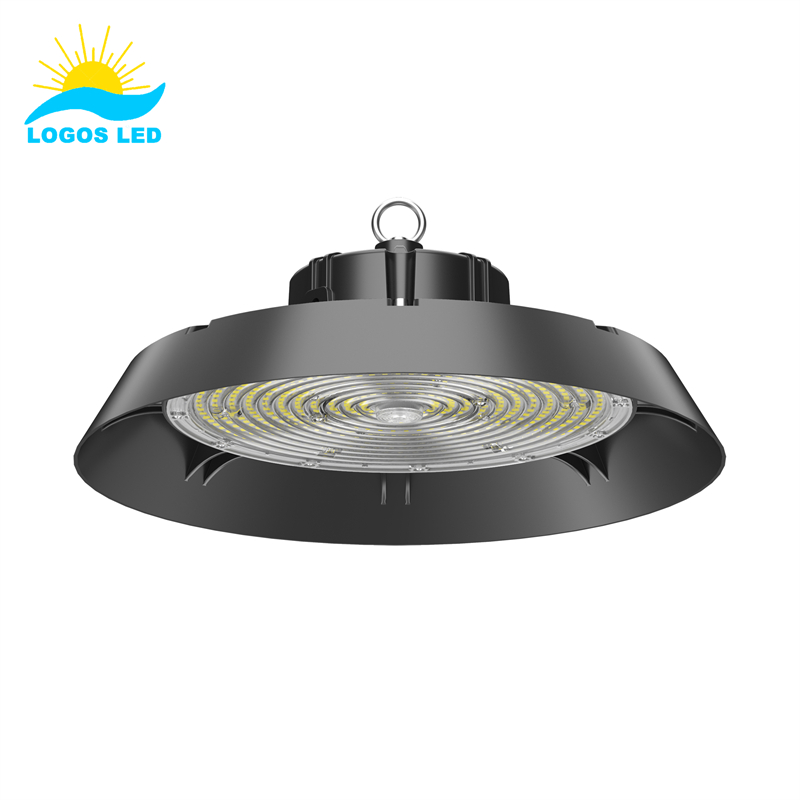
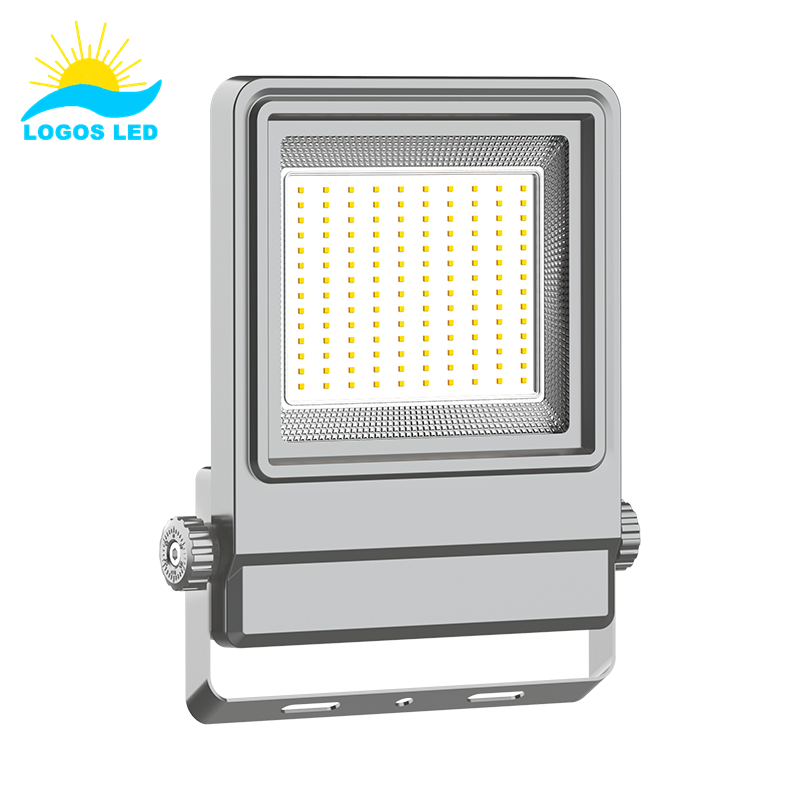

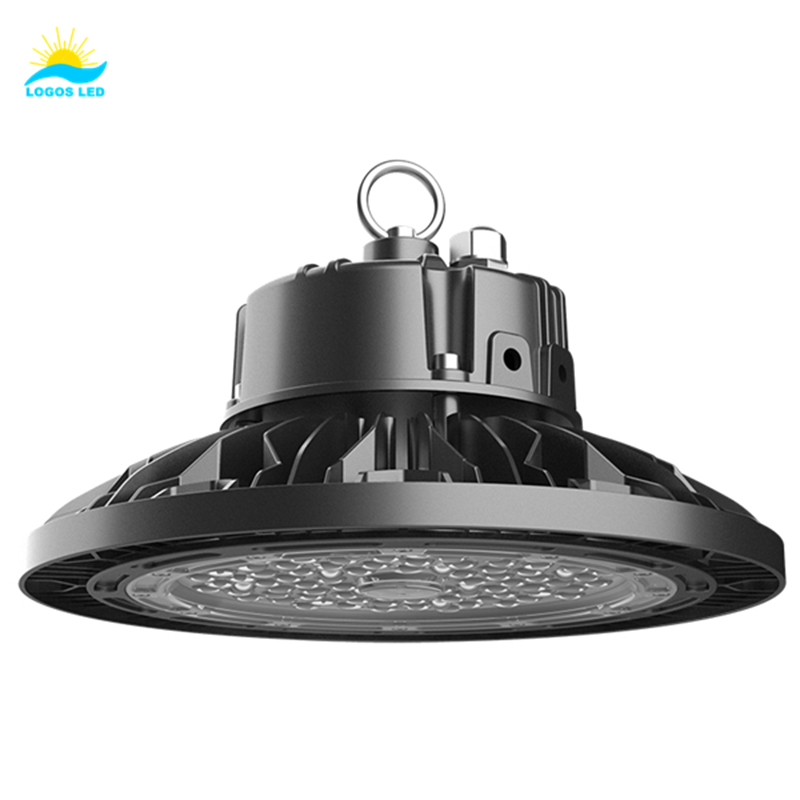
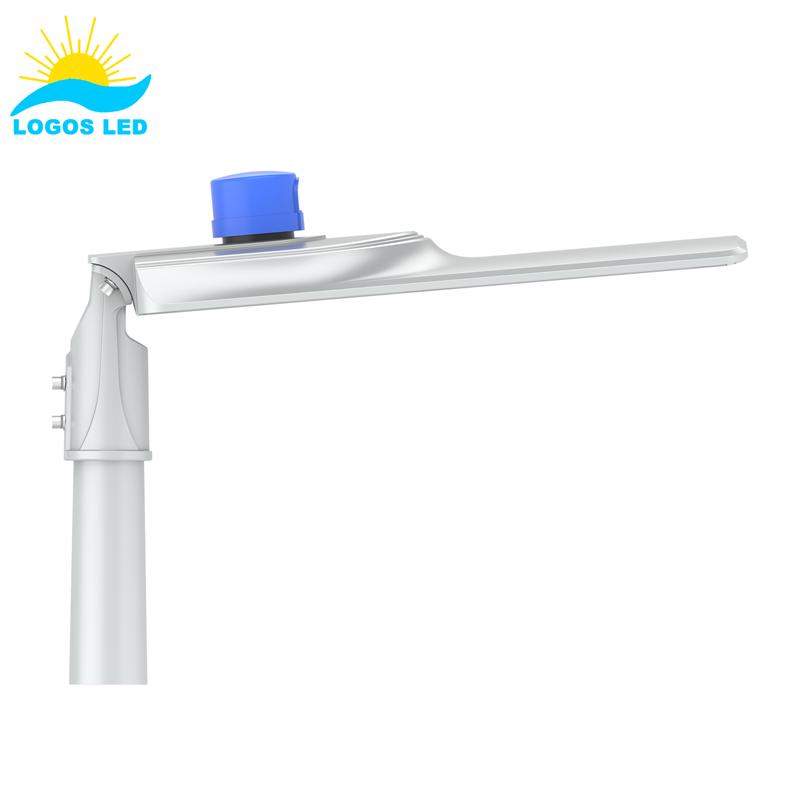

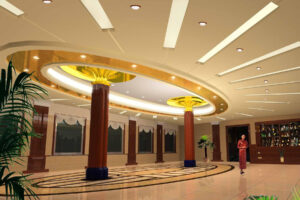


Leave a Reply
Your email is safe with us.